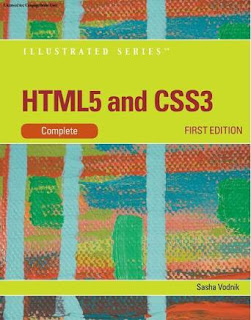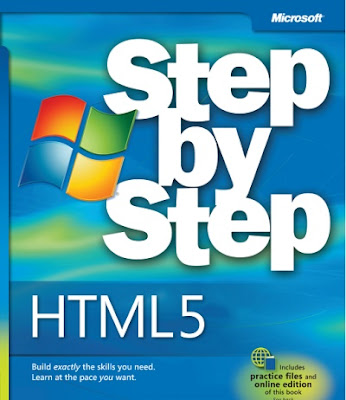People and organizations around the world share information using the World Wide Web,
or Web for short. You can make your own information available on the Web by creating Web
pages, which are documents formatted to be accessible on the Web, and then publishing
them as Web sites, which are available to anyone with Web access. Many options are avail-able for creating Web pages, but no matter which method you use, the first step involves a
thoughtful planning process. You have just been hired as a Web design intern by Great
Northern Web Solutions. For your first project, the art director, Faduma Egal, has assigned
you to create a new Web site for Lakeland Reeds Bed & Breakfast, one of Great Northern’s
clients. Before you start writing Lakeland’s Web pages, you’ll begin your work by creating a
plan for the Web site, setting up a structure for the client’s files, and considering the impact
of usability, accessibility, and browser compatibility on the pages you’ll be creating.
OBJECTIVES :
Assemble a project plan
Create a storyboard
Implement Web accessibility standards
Evaluate Web site usability
Manage Web browser compatibility issues
Practice good file management
Configure your FTP client
Upload Web site files



